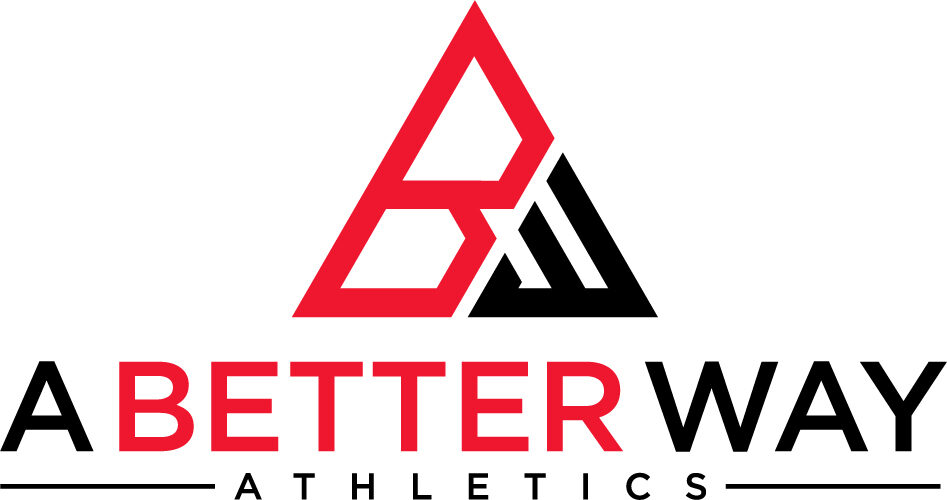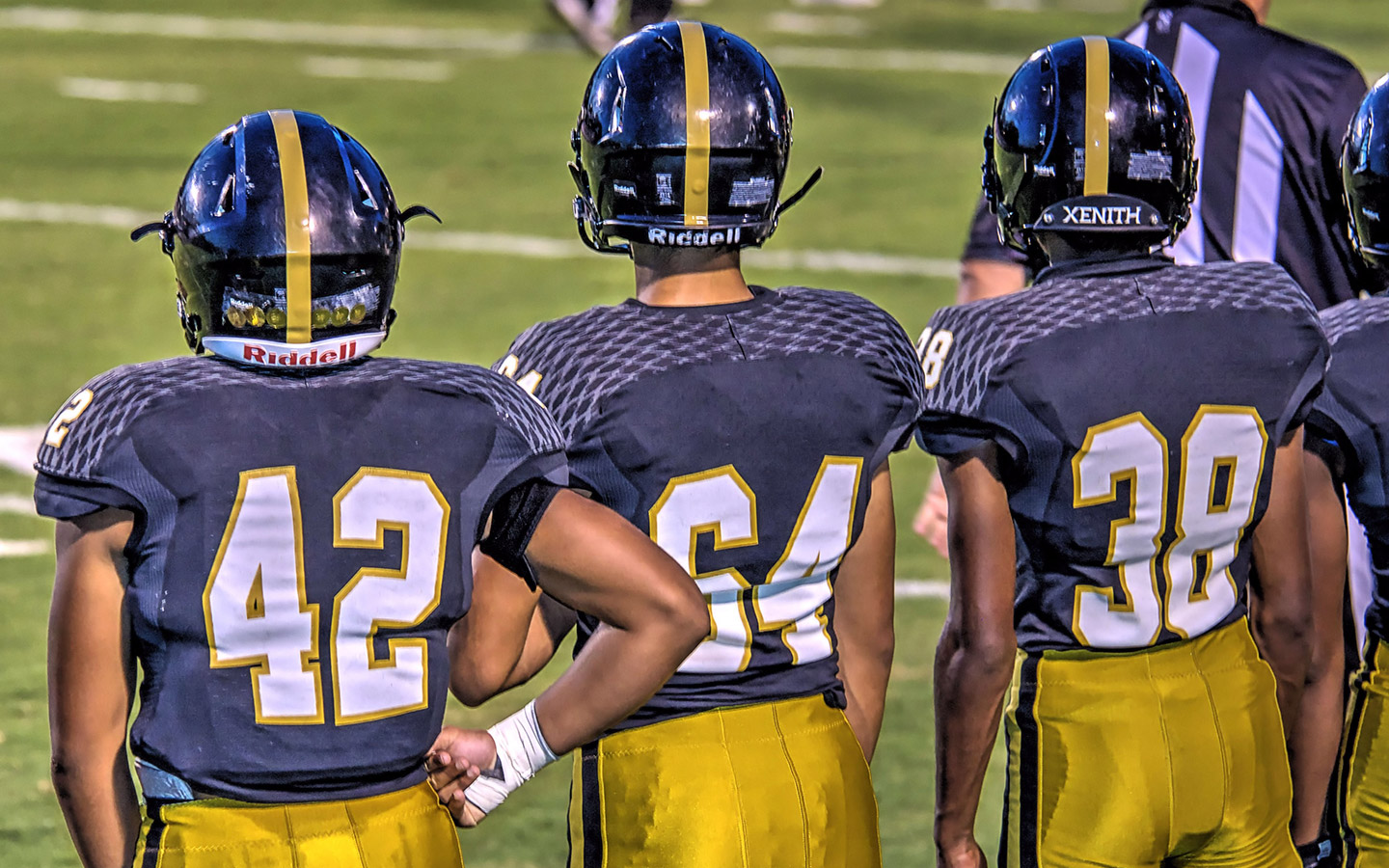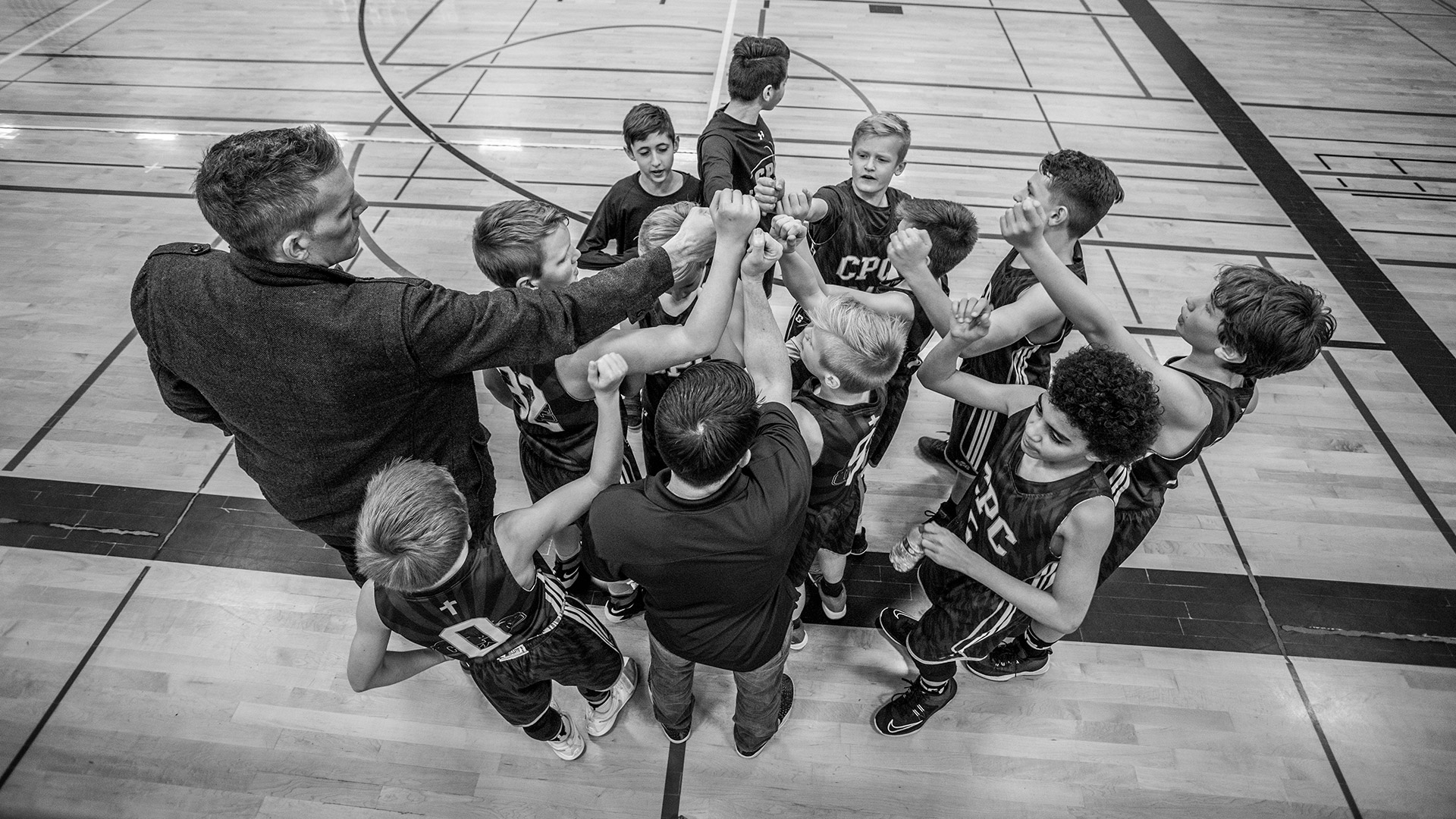One of the many things and athlete will face is being put on the bench. So much of our (parents included) validation and identity lies in where we see ourselves (our children) on the depth chart. We often find the path to the bench to be a knock on who we are as a person when often times it’s just a simple short-term setback on a journey that’s leading us to somewhere and something much bigger.
As I have carefully watched players come and go from the bench, I have discovered 2 components that can help or hinder during that time.
- Perspective
- Posture
Our “perspective” will determine how we view the bench and our “posture” on the bench will determine what we learn while we are there.
Let’s start with perspective!
The bench is a pretty remarkable place. Think about all the kids who got cut. They would love to have a chance to be on the bench. How about all the kids who didn’t even get a chance to tryout due to circumstances beyond their control? A simple perspective change can alter how we feel about the bench.
Think about the proximity of the bench. You have a front row seat to the action. The question is this: how you will use that front row seat to make you better? Perspective will help you reframe the situation you are currently in and allow you to see it for what it really is. Often times we can allow moments of personal defeat to blurry our perspective of a much bigger picture. When you are asked to sit on the bench don’t simply look at the negative but understand the positive and use that time to make you better. The bench is simply a momentary stop that can teach us lessons that will stay with us forever. Use that time to learn those lessons and then apply them as your journey continues!
How about our posture?
It’s amazing to me how posture changes when we are asked to be on the bench. I have watched many athletes walk to the bench and it’s obvious they are mentally checking out. What a shame! Remember, when our perspective is good, we can learn what needs to be learned. There are 3 types of posture I see from athletes sitting on the bench. Head up, Head down, Look around. Let’s address all three.
- Head Down Posture!
This posture is unfortunately the most common posture I see. It’s a sign of frustration and discouragement and it says to your coaches, your team and everyone else that you are defeated.
A head down posture hinders our view of what’s taking place. If you really want to get better, then having your head buried in your hands or looking down at the floor in defeat is not the best choice.
In essence, it’s a posture that says it’s all about me. You can’t learn and you aren’t listening when your head is buried in defeat. If the bench is a place where learning continues then a head down posture cannot be an option. You need to look ahead and look alive. There is so much to be seen and so much to learn in these moments from the bench.
- Look around posture!
This posture is usually driven by others and is seeking to place blame and responsibility somewhere other than yourself. I often see this posture driven by parents. Not intentionally, but because it’s allowed and cultivated, it continues to happen. A look around posture really says you don’t know what’s going on and if that’s the case then maybe you shouldn’t be going back in. Parents will often solicit a look around posture. I even know parents who will solicit their child to look at them in these moments. The only place you should be looking is at the floor and the only people you should be listening to are your coaches and teammates.
Parents, please listen! Your child doesn’t need you to advocate or validate for them at this time. I know it hurts. My kids have been put on the bench. However, my desire to fix the situation or alleviate the struggle never helps. The best way to cure a look around posture is simply by ignoring the look. Yes, I said it. Ignore your child. When they look around pretend like you don’t even see them. After a while, they will stop looking because their looks aren’t being validated and if they aren’t looking at you then maybe they will be looking at the game.
- Head Up Posture!
This posture says that you are committed to something bigger than yourself. It demonstrates humility and a willingness to learn. This posture is learned by changing our perspective. It’s not “why me” or “what if”, it’s simply “what’s next”!
- I won’t be here long!
- What can I learn while I am here?
- I still have the 2nd best view of anyone.
- My teammates still need me!
Here are a few advantages from the bench:
- You have an up-close view of the game.
- You have a chance to hear what the coach’s expectations are for the team.
- You have a chance to refocus and get your mind ready for the next opportunity.
- You have a chance to cheer on your teammates from a different place.
- You get to demonstrate what it looks like to be a selfless player.
What an opportunity? I would say “head up” is a pretty good option while on the bench. If you want to be the best player, you can be then a head up posture must be the position you choose.
Parents, please listen! Your child doesn’t need you to advocate or validate for them at this time. I know it hurts. My kids have been put on the bench. However, my desire to fix the situation or alleviate the struggle never helps. The best way to cure a look around posture is simply by ignoring the look. Yes, I said it. Ignore your child. When they look around pretend like you don’t even see them. After a while, they will stop looking because their looks aren’t being validated and if they aren’t looking at you then maybe they will be looking at the game.
This athletic journey can be complicated. If we truly want it to teach us all the good things, we know it can then we need to have a game plan. Without a game plan our emotions will rule, and emotions are dangerous in these situations.
Take the time to discuss perspective and posture on the bench as a family and with your child. Your coach will thank you now and your child will thank you later.
The sooner we learn to reframe the small setbacks and view them in the bigger picture the quicker we will begin to make progress and continue to make progress toward our goals. A Better Way!



